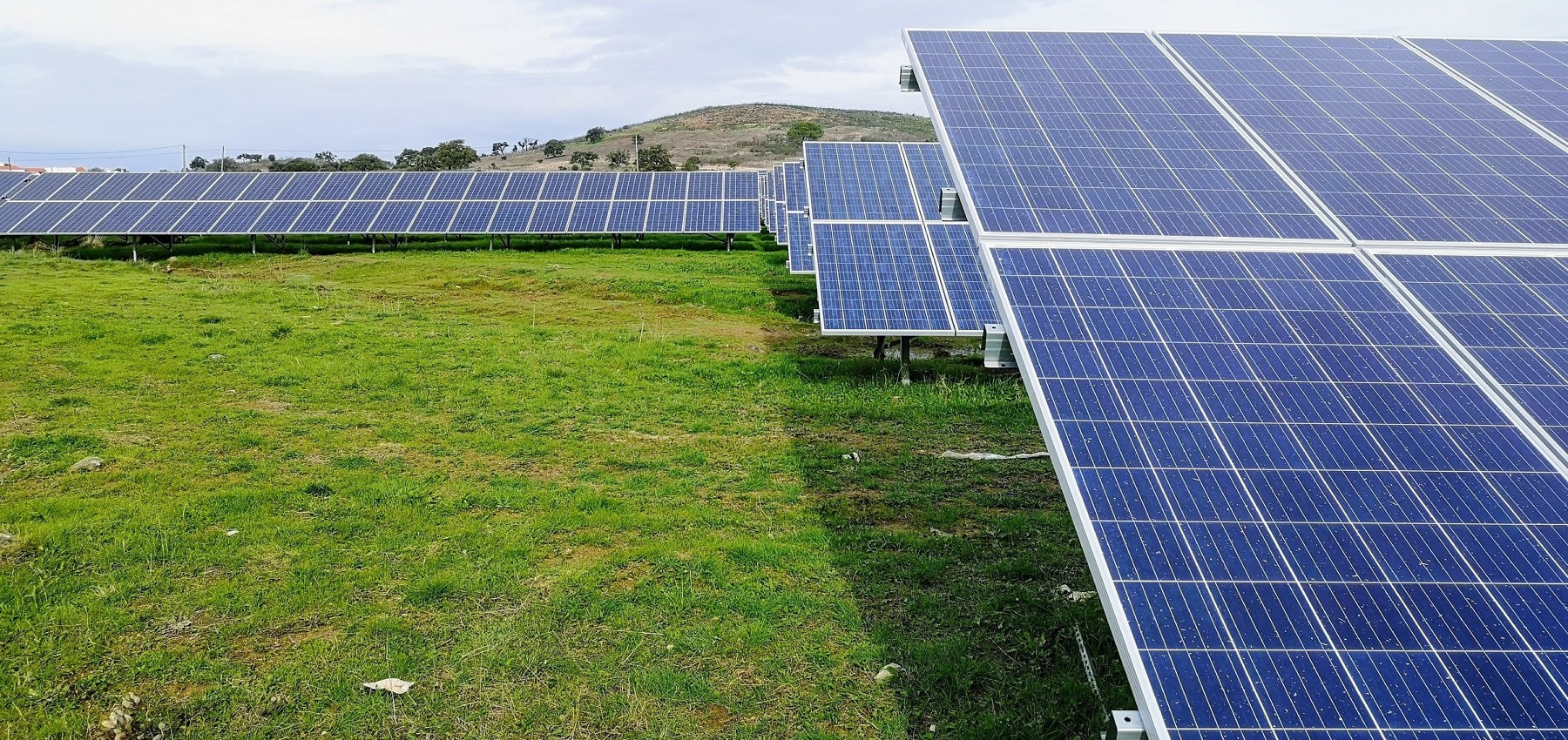Other Lands and Renewable Technologies
This toolkit views solar development policy through the lens of agricultural use protection and farmer access to clean energy. The policy considerations applicable to farmland solar siting are more widely applicable to renewable energy development on any valuable lands, and lawmakers should evaluate the options for smart farmland solar policy identified here for application to other lands and renewable energy technologies. At the same time, the policy options identified here may not be appropriate for all farmland, particularly land enrolled in strict conservation programs. This toolkit does not address every single state law promoting or regulating renewable energy development.
Policymakers should use this toolkit as a jumping off point for exploring solar development laws in these other contexts.
Open Space, Forestland, and other Valuable Natural Resources
Forestland and non-agricultural open space land are frequently targeted as sites for solar development. Lawmakers should address the impact of solar development not only on farmland, but on forestland and other valuable natural resources. The options for policy design identified in this Toolkit can be modified for application to other land types.
Other Renewable Energy Technologies
Solar energy is not the only renewable energy technology that developers or landowners seek to site on agricultural land. Wind, micro-hydro, and biogas generation facilities are also likely to be sited on farms. Lawmakers should evaluate all state renewable energy siting policies for adverse impacts on agricultural land and for barriers to renewable energy development that improve farm viability. The options for policy design identified in this Toolkit can be modified for application to other renewable energy technologies.
Other Renewable Energy Incentives
Incentives for solar development, including special financing, grant and loan programs, and property tax exemptions may be available for new solar arrays in certain states. Federal incentives for renewable energy development are also available. These programs, which are not discussed in any detail in this report, are likely to accelerate in-state solar development, which increases pressure on agricultural lands.
Similarly, policymakers should be aware of incentives and programs that may accelerate the development of other renewable energy technologies on agricultural land including wind, micro-hydro, and biogas.
